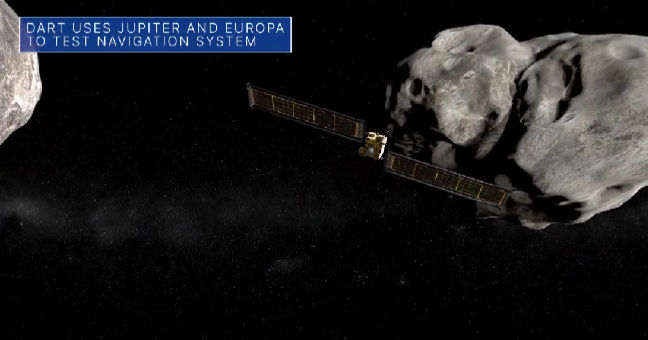The United States’ National Aeronautics and Space Administration (NASA) had launched its Double Asteroid Redirection Test (DART) mission on November 24, 2021. The mission is set to collide with an asteroid called Dimorphos on Monday, September 26, 2022. The project is being carried out by NASA to test whether it is possible to deviate an asteroid off its course and prevent it from coming close to the Earth.
Dimorphos, which is currently orbiting around a bigger asteroid called Didymos, however, has no chance of colliding with the Earth, according to CNN. The double-asteroid system will be 6.8 million miles (11 million kilometres) away from the Earth when the collision takes place.
When and where to watch:
The DART mission is set to collide with Dimorphos at 7:14 PM ET on September 26, 2022 (September 27, 3:00 AM, IST). The event will be live-streamed by NASA, and can be watched in real-time on the space agency’s official NASA TV and also on its YouTube channel. The live coverage will commence from 6:00 PM ET.
Also Read| Artemis I passes fuelling test despite leaks, next launch date unconfirmed
A question that arises in this regard is how will the video footage be available in the first place? This will be made possible by the Didymos Reconnaissance and Asteroid Camera for Optical navigation (DRACO) camera that will be attached to the spacecraft. It will be streaming one image back to the Earth every second in real-time. The video stream will naturally stop after the collision takes place.
Also Read| Why the Blue Origin rocket New Shepard NS 23 launch failed
Besides the DRACO camera, DART had also been carrying the Light Italian CubeSat for Imaging of Asteroids or LICIACube, a satellite of the Italian Space Agency. The LICIACube detached itself from DART on September 11 and will fly behind it. Three minutes after the impact, the satellite will pass by DART to record the collision. However, images captured by the LICIACube will not be made available immediately.







